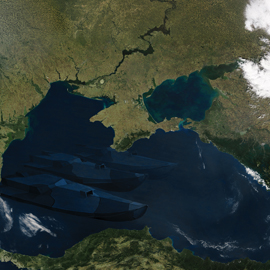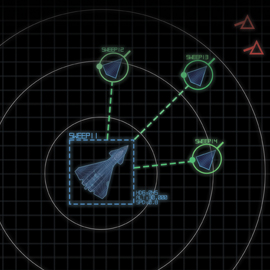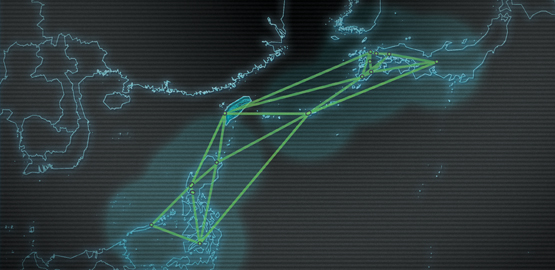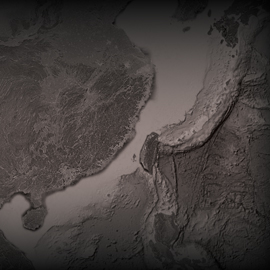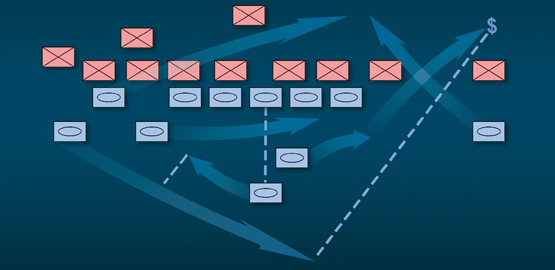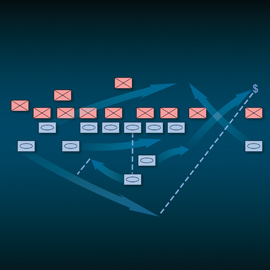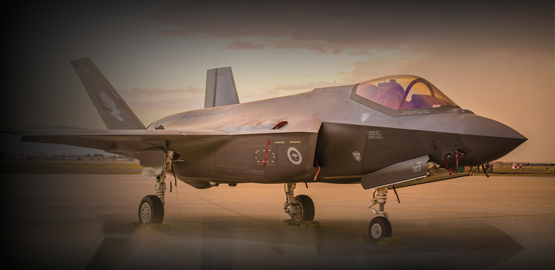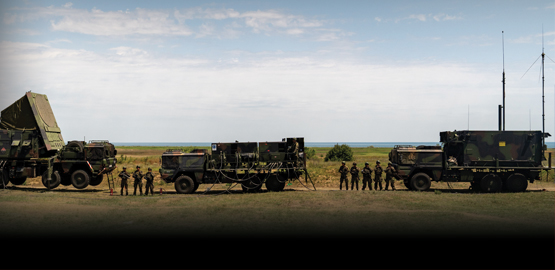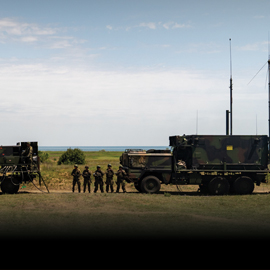Publications
"Nobody does defense policy better than CSBA. Their work on strategic and budgetary topics manages to combine first-rate quality and in-depth research with timeliness and accessibility—which is why so many professionals consider their products indispensable." – Gideon Rose, Editor of Foreign Affairs, 2010-2021
The FY2015 Defense Budget: Balancing Strategy and Resources
This backgrounder discusses the balance the FY15 defense budget attempts to find among compensation, force structure, modernization, and readiness, and compare the choices made in this budget to the Joint Think Tank exercise CSBA hosted with three other think tanks in early February 2014.
Sustaining the U.S. Defense Industrial Base as a Strategic Asset
Since World War II, the Department of Defense (DoD) has been able to count on America's defense industrial base (DIB) always being ready to design and produce the world-class weaponry on which the U.S. military has long relied. But the U.S. DIB is considerably smaller today than it was following the Cold War’s end. Now the Pentagon confronts a period of shrinking defense budgets at the same time the international security environment is posing new military challenges, such as the emergence of anti-access/area-denial capabilities, the growing threat to space-based systems, and the proliferation of weapons of mass destruction. The Defense Department has never had a coherent, long-term strategy for sustaining the defense industrial base's core competencies. Absent a strategy that proceeds from deciding first what to keep rather than what to cut, the possibility is growing that a day will come when the country's industrial base will no longer possess all the critical design and manufacturing capabilities that the U.S. military needs.
Rethinking the Road to Zero
Proposals to significantly reduce or even abolish nuclear weapons are as old as nuclear weapons themselves. Over the past several years, however, they have gained considerable momentum and moved squarely into the mainstream of policy analysis and political debate.
Looking Beyond the Fog Bank: Fiscal Challenges Facing Defense
As attention now turns to the FY 2014 budget and the Administration’s much-delayed budget request, the fundamental issues that led to uncertainty and delays in the FY 2013 budget remain unresolved.
What the Fiscal Cliff Deal Means for Defense
The American Taxpayer Relief Act (ATRA) of 2012, signed into law on January 2, 2013, averted much of what has become known as the “fiscal cliff.” While the bill mostly deals with automatic changes scheduled to take effect for tax rates and programs such as Medicare and unemployment insurance, it also makes several important changes to sequestration that affect the Department of Defense (DoD). Specifically, it delays sequestration by two months, reduces the amount of cuts in proportion to the delay, and alters the way the budget caps are applied in Fiscal Year (FY) 2013. This backgrounder details how the new law alters sequestration and what it means for defense.
Analysis of the FY2013 Defense Budget and Sequestration
For the first time since the sequestration process was triggered in late 2011, Todd Harrison offers a comprehensive account-by-account and outlays analysis of its potential impact on the DoD budget.

